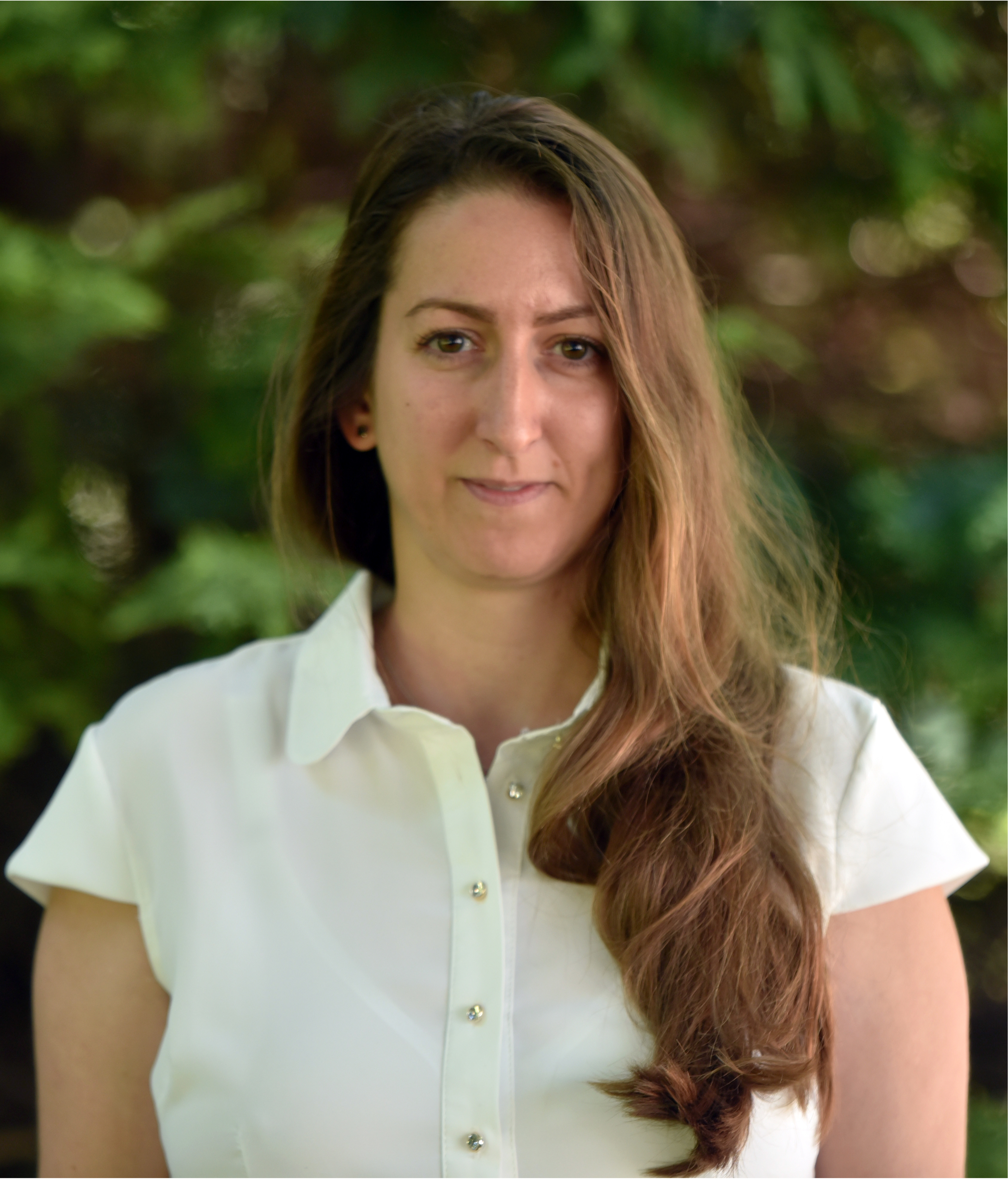Dr. Mónika Varga - MATE Research
Overview
Dr Mónika Varga's multidisciplinary experience is based on modeling of biosystems, ecosystems, complex agri-food, watershed-related and agro-environmental processes. She was a Fulbright research scholar at The Ohio State University. Her main research focuses on the development of the general modeling framework of Programmable Process Structures. The recent practical applications cover the utilization of dynamic coupling models for analysis, planning and operation of complex technological, agricultural, aquacultural and environmental systems, including the integration of circular systems. Her theoretical work includes model-based analysis of natural processes to learn how the embedded cooperative principles can be utilized in human-built world.
Research keywords:
Publications
Development of the modeling and simulation framework of Programmable Process Structures (PPS)
Modeling and simulation of agro-environmental systems
Programmable Process Structures of Unified Elements for Model-Based Planning and Operation of Complex Agri-environmental Processes
Developing Plant Models of Reduced Complexity by Chemical Process Engineering Way of Thinking
An extensible, generic environmental process modelling framework with an example for a watershed of a shallow lake
GIS based generation of dynamic hydrological and land patch simulation models for rural watershed areas
Residence Time Distribution-Based Analysis of an Industrial-Scale Biogas Fermenter
Modeling and simulation of aquacultural systems
Implementation of an easily reconfigurable dynamic simulator for recirculating aquaculture systems
A quick condition adaptive soft sensor model with dual scale structure for dissolved oxygen simulation of recirculation aquaculture system
Long-term dynamic simulation of environmental impacts on ecosystem-based pond aquaculture
Dynamic simulation based method for the reduction of complexity in design and control of Recirculating Aquaculture Systems
Modeling and simulation of (bio)technological process
Lessons from the biosphere for the anthroposphere: Analysis of recycling structures of conservational measures
Simplified dynamic simulation model of plastic waste pyrolysis in laboratory and pilot scale tubular reactor
Knowledge based model for polymer composite design and production
Experiments and Direct Computer Mapping Based Model for Photo-Fenton Process
A novel modeling approach for a generalizable photo-Fenton-based degradation of organic compounds
Programmable Process Structure Based Analysis of Hydrogen Supply Chains
Model-based analysis of natural systems
Simulation Based Analysis of Nanocarrier Internalization: Exciting Challenges with a New Computational Tool
Generation of extensible ecosystem models from a network structure and from locally executable programs
Projects
Open Science to Increase Reproducibility in Science, Grant nr.: 101094725, 2023-2026 (as MATE PI)
Open Science to Increase Reproducibility In Science (OSIRIS) aims to facilitate the paradigm and culture shift to reform the R&I system by gathering knowledge on the underlying drivers, testing effective evidence-based solutions, identifying incentives for reproducibility by stakeholders, and embedding reproducibility in research design. This will be realised by a unique team with hands-on expertise in Open Science (OS), reproducibility, implementation, and data sharing, along with a range of committed stakeholders.
Hungarian-Chinese Bilateral Project, 2019-2.1.11-TÉT-2020-00252, 2021-2024 (as Hungarian PI)
Project focuses on the utilization of ’a priory’ dynamic models for coupled intensive aquacultural and plant cultivation systems. The test system of the Chinese partner is prepared for the automated daily operation, controlled by the use of sensors and cameras. However, only a small part (approx. 10%) from recycling water from RAS is utilized in the hydroponics system. In addition to cultivated plant, this ratio is primarily limited by the solar radiation. In order to utilize more nutrients and to reduce the environmental load, main goal is to increase this ratio. For this purpose, we develop a PPS-based process model that supports equilibrated planning of the entire system through the unified description of fish production and plant cultivation parts.
Let’s Produce Together with Nature – Agroforestry project, EFOP-3.6.2-16-2017-00018, 2017-2021 (as model developing researcher)
Agroforestry systems are basically farming systems in which the cultivation of woody vegetation and agricultural crops, as well as animal husbandry are carried out in a temporally or spatially coordinated manner. The project aimed to support the adaptation of agro-forestry systems.
Our group worked on the process model based quantitative evaluation of nutrient flows between the co-operating woody vegetation and cropping systems. For this analysis, unified plant and tree models were developed.
http://projektek.uni-sopron.hu/efop-3-6-2-16-2017-00018/
ClimeFish project, Grant nr. 677039, 2016-2020 (as model developing researcher)
The project addressed the quantitative analysis and decision support of managerial actions in extensive and semi-intensive pond aquaculture sites, under various climate scenarios. As a participating researcher I implemented the early version of Programmable Process Structures for biophysical model based dynamic simulation of the example pond aquaculture. Next, I extended the model for repeated long-term dynamic simulation-based evaluation of various managerial scenarios, considering the NORESM climate models until 2065.
Study on the complex environmental impacts of human activities and on the solution of social conflicts in a sensitive geographical area, near a shallow lake (Lake Balaton and its South catchment basin), TÁMOP-4.2.2.A-11/1/KONV-2012-0038, 2012-2016 (as model developing researcher)
In the framework of the project, our research group prepared a medium complexity process-based land-use considering hydrological model for Lake Balaton and its Southern watershed. Structure of the model was developed on the basis of GIS information of the underlying area. Functionalities were implemented in early version of Programmable Process Structures, based on a simplified SWAT model. The model was applied for the analysis of various actual meteorological scenarios, as well as for the dynamic simulation based quantitative tracking of hypothetical contaminants from the watershed.





